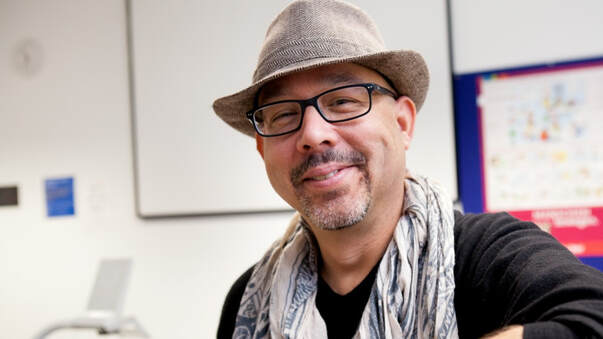On Shapes and Echoes That Are Never Done:
A Sonnet’s Emergence of Fighting Forms
A Sonnet’s Emergence of Fighting Forms
At the start of How to Read a Poem, Eagleton quips that, “like roof thatching or clog dancing, literary criticism seems to be something of a dying art.” If so, then those enthusiastically conversant with the poetics embedded in the eight-hundred-year history of the quatorzain are, indeed, relics who, like Faust, fetishize the glimmer of lost knowledge. Even so, Mark Olival-Bartley argues that, now more than ever, the close-reading skills demanded of those who experience the fullest expression of how artifice informs art must be better understood, not least because literary scholars are, in fact, only at the outset of intimating these veritable dark arts. To demonstrate this—citing the work of Attridge, Forrest-Thomson, Jakobson, Janscó, Leech, and Lotman—Olival-Bartley will offer a reading of E. A. Robinson’s metasonnet (from 1894), whereby an application of theories of emergence and a philosophy of dialogue reveals integral constructs that would go otherwise unseen and unheard.
Born and raised on O‘ahu, Mark Olival-Bartley is a doctoral student in the Department of English and American Studies at Ludwig-Maximilians-Universität München, where he teaches composition, creative writing, and American literature. He is also resident poet of EcoHealth Alliance, where his pandemic-themed verse is regularly featured in EcoHealth.
